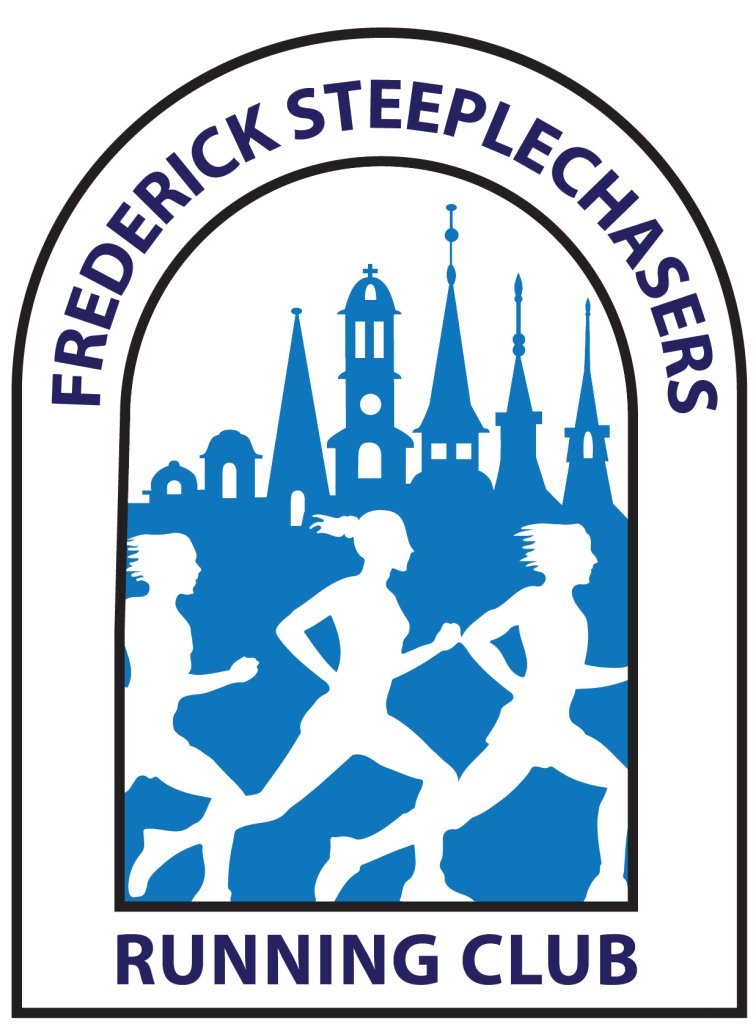The Amazing and Adaptable Human Body Part 1: The Damage and Repair Cycle
By S. Nicole Davis, DPT
The first time you do hill work, or run a long distance, it’s pretty hard. But do it consistently for a few weeks and it gets easier. The human body is amazing in its ability to adapt to change. But that adaptation is a physiologic process that takes time! The body operates on its own timeline. The body does not care that you have a race in three weeks. You cannot speed up how long these processes take (though you can slow them down). Muscles take weeks to even begin to adapt to new stresses. Tendons and ligaments take months. Bones take years. So we have to be patient. But what exactly is happening in the body during this adaptation?
Think of your body as a road with its very own road construction crew. Each time you run, you create microscopic tears in your muscles, bones, tendons, etc. – sort of like the cracks and potholes in a road. When a road is damaged, a construction crew comes in and first cleans away the crumbling, damaged pavement, sometimes leaving that grooved pavement we all hate. After the cleanup, the road construction crew lays down a new layer of pavement, leaving the road stronger than it was initially. Your body operates much the same way. You do a bit of damage by running; the body cleans up the dead and damaged tissues; and then it lays down new tissue. Through this process of cleanup and repair, your muscles, bones, and tendons get stronger. This is how your body adapts to be able to withstand the high forces of running faster and longer.
Not all runs are equal in how much micro-damage they do, however. Recovery and conversational runs are like driving a lightweight, compact car on the road – not much wear and tear on the road. Speed work and races are more like that big semi or dump truck, which do a lot more damage, particularly on roads that aren’t built for that type of traffic. Fartleks, long runs, tempo runs, and hill work are somewhere in the middle.
Road construction crews can only work so fast. The same is true in the body. Repair takes time! As long as our construction crews keep up with how much micro-damage we do, we stay healthy and happy. If the rate of damage is faster than the rate of repair, we have a problem. You might be surprised to find out that the cleanup and repair process takes more than a week. Essentially every running plan you find online is based off a seven-day cycle. This has nothing to do with what is best from the perspective of the human body, and everything to do with what is convenient for most working adults. By the time you do your long run in week-two of your training plan, your body hasn’t actually completely finished repairing the damage from your week-one long run. This is why a lot of injuries tend to happen in the last third or quarter of 12 to 16-week training plans. At first the training load is light enough for the body construction crews to keep up with the damage being done. But eventually, the construction crews just become overwhelmed by the rate and amount of damage being done. They just can’t keep up.
Complicating matters, little potholes often turn into big potholes. The asphalt around the edge of a pothole is a little more fragile and takes on a little more stress than the rest of the asphalt. (I’ll spare you the geeky terms and full physics lecture.) The same is true in the body. Once the tissue gets damaged, and even during that period of cleanup, the tissue is more fragile. So we have to be a little more careful with our workouts after hard training runs, races, and towards the end of multi-week training plans. Same goes for trying to come back from an injury. The newly repaired area of injury is somewhat fragile, and needs a little extra TLC.
Unfortunately, the older we are, the longer it takes to repair and adapt. When tiny little kids break their arms, we cast them for two to three weeks, but that older adult, six to eight weeks. This is just the way it is. The older we are, the longer it takes to repair and adapt.
Once you understand what is happening in the body as you train to run further and faster, the need for recovery and patience with your training is a little clearer. The bigger question however is, what can you do to help out your construction crews? Stay Tuned to the next edition of Intervals for The Amazing and Adaptable Human Body Part 2: How You Can Help the Repair Cycle for some helpful tips.
Nicole Davis, DPT is a biomechanical engineer turned physical therapist, specializing in running injury prevention and management. She is also an RRCA certified running coach, coaching both youth and adult distance runners.


